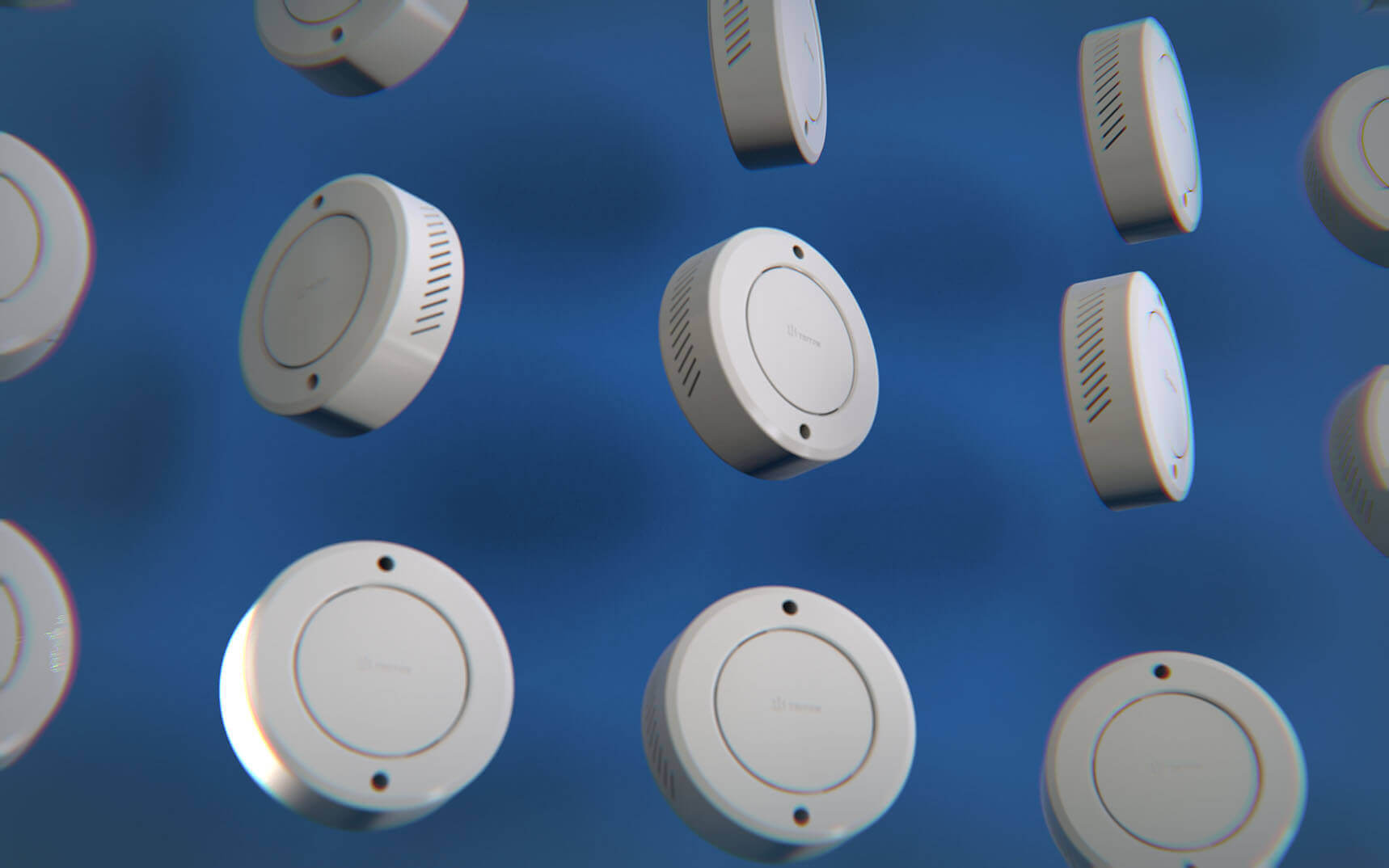Vaping was once uncontrollable in the classrooms. Students would sneak into bathrooms between classes and inhale flavor nicotine vapors and THC. Teachers and administrators felt powerless until districts began turning to a new line of defense: the vape detector.

Schools across the nation are reporting on major successes that show how the technology of today can make a difference in the fight against the smoking addiction.
A Case Study: Reducing Vaping by 83% in 10 Weeks
Luling Independent School District was faced with the threat of a major problem with vaping. Students continued to smoke even regardless of numerous warnings and a stricter policies. Smoke alarms aren’t effective against vapor, and the staff could not be everywhere at the same time.
The district tested several vape detectors in March. The results were quite impressive. The number of incidents of vaping slowed significantly in five weeks. In just ten weeks, the vaping rate had dropped by 83%..
Administrators noticed a difference beyond the figures. Teachers reported less interruptions and students began to understand that vaping will not be ignored.
The Match Charter School Experiences Are Similar Achievement
Match Charter Schools is another impressive example. They struggled to reduce smoking vapes in high and middle schools. The result of the smoke detectors for vapes they installed in August was evident immediately.
In December, just 4 months following the first report, administrators revealed an reduction of 80% in vaping-related incidents. Parents have praised the school’s practical measures to protect their children, while teachers noted a reduction in loitering in the hallways as well in bathroom crowding.
These two districts illustrate what is becoming a growing tendency: schools that implement vape detection see measurable improvements in both behavior and overall security.
What is it that makes vape detectors so Effective?
This technology is what gives this success. Modern vape detectors don’t just detect vapors but also track the quality of air, monitor occupancy levels and provide real-time alerts to staff. This means that managers don’t need to rely on their intuition and post-fact reports.
The detectors were designed to guard your privacy. No cameras. No audio recording. Accurate, instant data is all that’s needed to aid schools in making quick decisions without violating students’ rights.
The combination of efficiency with compliance, affordability and effectiveness make vape detectors the most effective safety tool schools can implement today.
The Safety Net Extends Beyond Vaping
Many managers are aware that detectors go beyond vaping prevention. Advanced systems detect loud sounds and even keywords that are linked to emergency situations. They can even identify vandalism.
The detector can alert staff should, for example students are seen loitering in an area for restrooms. Staff members will be notified immediately whenever someone yells “help” or some other distressing keyword. So, the vape detection devices for schools are part of a comprehensive security plan that addresses potential health risks and potential threats to violence.
Parents and Boards Support Vape Detectors
One often-overlooked benefit is the confidence that comes from transparency. Schools that use detectors are able to generate reports that show clearly the patterns in vaping. These reports are shared with school boards, parents and members of the community, offering evidence that tangible steps are being taken.
Parents particularly respond positively to the tangible outcomes. A vape smoke detector isn’t just keeping students safe, it’s also keeping their health in check and spreading the message that vaping isn’t allowed in schools.
The Takeaway The Takeaway: A Proven Path to Success
Years ago, vaping seemed like a war invisible to schools would not be able to be victorious in. But case studies from districts across the nation prove contrary. Administrators can spot incidents and discourage risky behaviors immediately using a vape detection device. This provides an environment that is more secure for students.
The vaping problem is far from being over, but the tide is turning. Schools that are investing in vape detection technology aren’t simply reacting to a problem, they’re actively paving the way towards an improved future.
Conclusion
Schools in Texas and Massachusetts have proven that technology can work. A modern vape detector does more than just sound an alarm. It transforms behavior and builds trust. It offers a long-lasting solution to one of today’s most pressing student health challenges. Vape detectors are now a standard in any school that is concerned about security.
